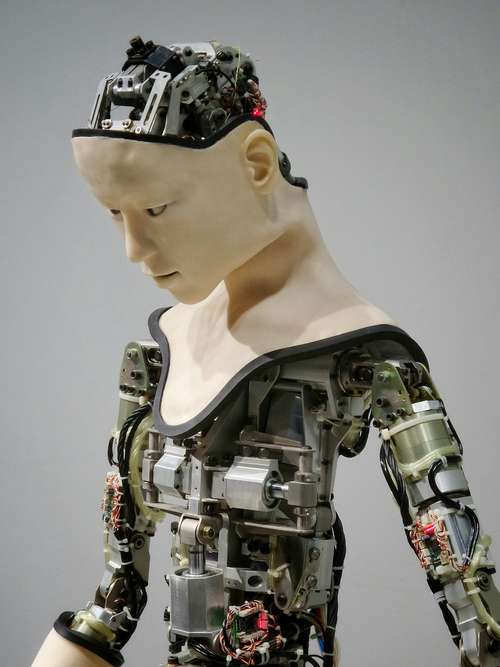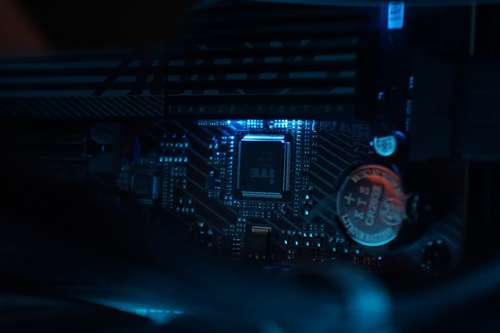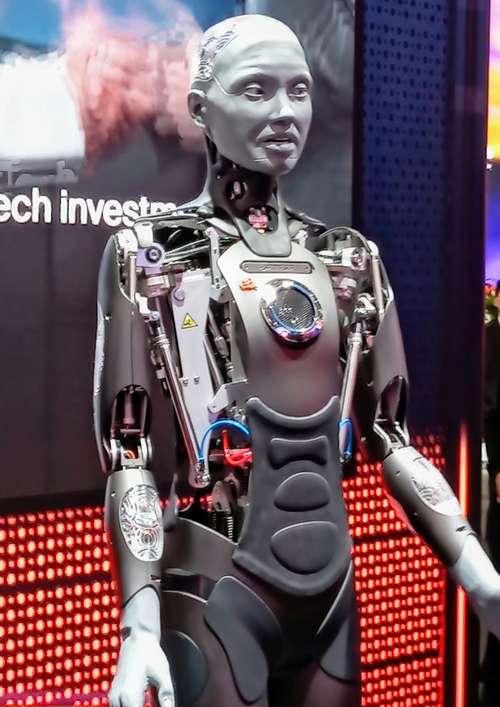Researchers at Cambridge University have created artificial leaves that, as they float on water, produce clean fuel.
The ultra-thin, lightweight and flexible devices use solar technology that mimics photosynthesis, the process by which plants convert sunlight into food, to create a carbon-neutral fuel.
They create a liquid fuel that may be stored as they float by converting sunlight, carbon dioxide, and water. Unlike normal solar cells, which produce an electrical current, this does not.

In 2019, university researchers built a prototype, but it was too "bulky" to be scaled up for usage in industry. The original design was heavy and delicate since it made use of thick glass substrates and moisture-protective coatings.
The device has spent the last few years being redesigned using techniques for miniaturization to make it lighter and more floatable.
The method could be utilized on filthy waterways, at ports, or even at sea, they claimed, marking it as the first time that clean fuel had been produced on water. By doing so, they hoped to lessen the dependency of the world's shipping industry on fossil fuels.
Virgil Andrei from the Yusuf Hamied department of chemistry at Cambridge said, "Solar farms have grown in popularity for the production of energy; we anticipate comparable farms for fuel synthesis." These could provide for remote islands or coastal populations, cover industrial ponds, or prevent irrigation canal water from evaporating.
When water and CO2 are available and sunlight reaches a panel that has been covered in a semiconductor powder, the leaves function. As a result of the light absorption, the panel's electrons are "stimulated," which allows them to combine with CO2.

A chemical process produces formic acid, which can be kept, once protons from the water are released, which then decreases the CO2.
Professor Erwin Reisner, the team's leader, is optimistic that the technology will revolutionize the maritime sector, where cargo ships propelled by fossil fuels transport 80% of the world's trade.
The team's aim was to reduce the size of their original design by affixing light absorbers to thin "substrates" that are impervious to water penetration.
They created micrometer-thin, water-repellent carbon-based coatings on top of thin-film metal oxides and perovskites, which may be coated on flexible plastic and metal foils to avoid moisture degradation.
According to Mr. Andrei, "this work shows that artificial leaves are compatible with contemporary fabrication techniques, indicating a first step towards the automation and up-scaling of solar fuel production." These leaves achieve the low weight of powder suspensions and the high performance of wired systems, combining the benefits of the majority of solar fuel methods.
The leaves need more development before they can be used commercially, including developing a mechanism to extract the fuel from the leaf.




